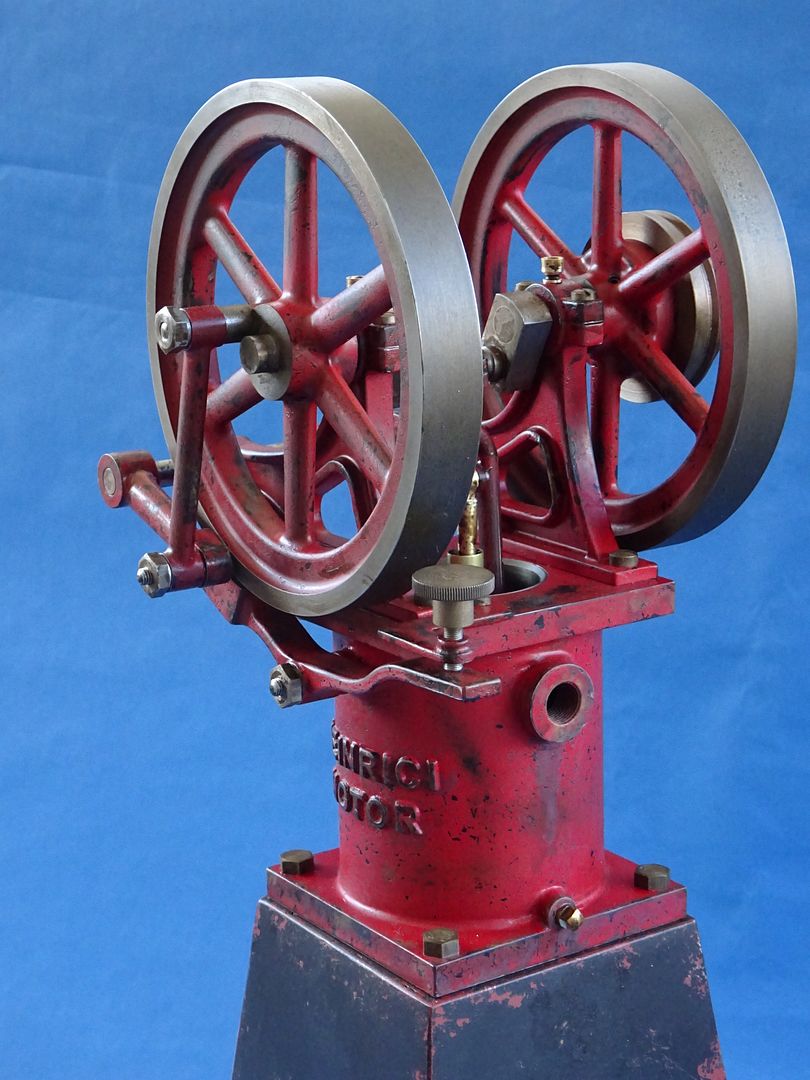I had a vague recollection of JasonB building this engine, but I could not really recall much about it.But what about castings from CNC or 3D printed patterns, do they have any soul? certainly can still have all the faults and problems you find on other castings. I'm enjoying machining some castings from my CNC cut patterns but equally happy to CNC cut parts from solid that you would be hard pushed to tell if they were cast or not once painted.
As I said on another forum where this is being discussed the Woodpecker kit used to sell for about $400. So lets be generous and say it would cost you $300 to have parts cast, print out drawings and all the other overheads that means you could make $100 gross profit. But at the asking price you would have to sell 240 kits to cover the capital outlay before you could say that $100 becomes net profit and that simply is not going to happen.
I don't think Doug even produced any castings from some of those patterns he bought up. For example the little VJ Monitor he go 3 or 4 kits worth of castings when he bought up the rights and that was all he sold, one of which I bought so he would not even be able to say what they sold like.
So is this an original engine, one from a set of castings or barstock?

But looking at the flywheels yesterday, I decided that obviously he had found some used flywheels off of an old engine.
The only way I can tell the rest is not cast is because I make castings, and so I always look for parting lines.
This engine really had me scratching my head though, and so I had to research it.
Not cast, but dang that finish looks right out of 1890, as do the flywheels.
The lettering on the side and overall look are indeed very deceiving, and if I did not make my own castings, I would not have suspected this engine was not cast, and old.
I have reached the conclusion that JasonB builds these pieces for the sole purpose of torturing the casting folks of the world.
Well done for sure.
.





